WhatsApp photo drug dealer caught by 'groundbreaking' work
- Published
'Drugs for sale' message catches man dealing to Bridgend
A pioneering fingerprint technique used to convict a drugs gang from a WhatsApp message "is the future" of how police approach evidence to catch criminals.
An image of a man holding ecstasy tablets in his palm was found on the mobile of someone arrested in Bridgend.
It was sent to South Wales Police's scientific support unit and helped to secure 11 convictions.
These are believed to be the first convictions in Wales from fingerprints taken from a photograph.
The unit's Dave Thomas described its use as "groundbreaking" and said officers are now looking more closely at photographs on phones seized for potential evidence.
He said: "It is an old-fashioned technique [fingerprinting], not new.
"Ultimately, beyond everything else, we took a phone and looked at everything on it - we knew it had a hand with drugs on it.
"These guys [the dealers] are using the technology not to get caught and we need to keep up with advancements."
The photograph came to light after a tip-off drugs were being sold from a house in the Kenfig Hill area of Bridgend.
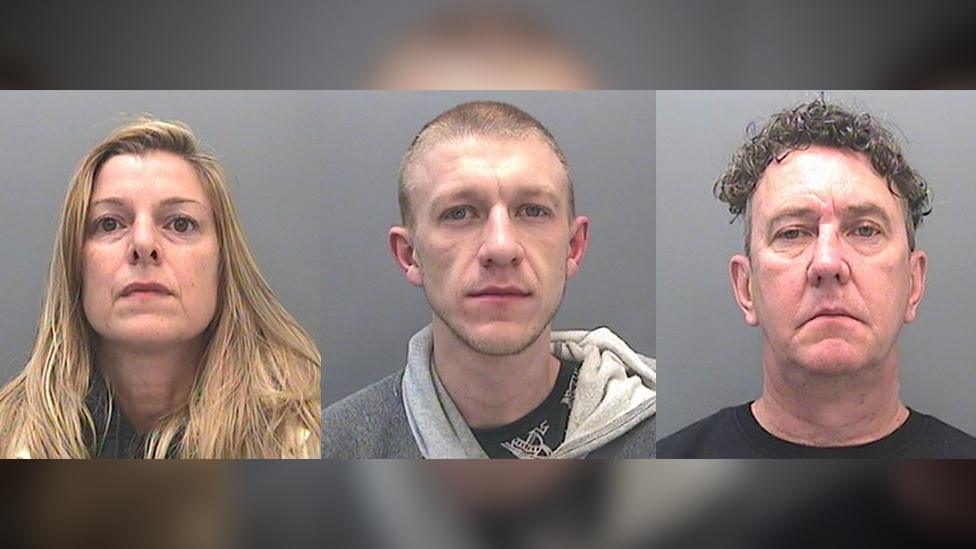
Elliott Morris of Redditch, Worcestershire, was sentenced to eight and a half years for conspiracy to supply cannabis. He headed a family operation with his father Darren getting 27 months and mother, Dominique, 12 months
It was raided and large quantities of 'gorilla glue' - a type of cannabis - was recovered.
Mr Thomas praised the officer that spotted a photograph among a stream of WhatsApp messages going back months as potentially carrying significant evidence.
"It had a number of texts such as 'what do you want to buy?' on it," he said.
"There was then the photograph of the hand holding pills that seemed like it was sent to potential customers saying 'these are my wares, I'm selling these'.
"But he was not thinking it showed part of his hand and there was potentially a fingerprint."
The scientific support unit - a joint venture between the Gwent and south Wales forces, based in Bridgend - was able to scan the image into its system.
However, there were just parts of the middle and bottom of a finger visible - records only keep the top part.
This meant the image did not find a match on national databases.
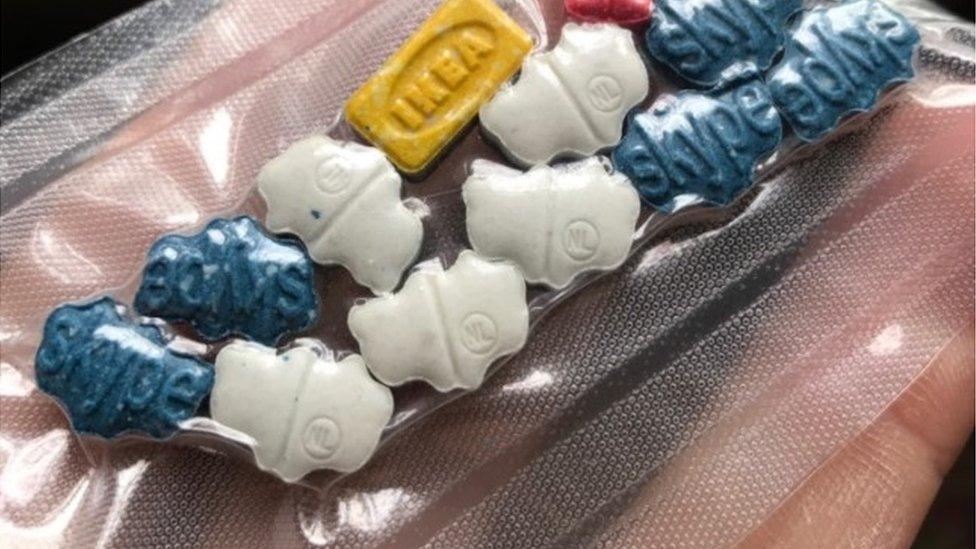
Drug dealer Elliott Morris sent this photograph out on a Whatsapp message to potential customers in Bridgend
However, other evidence meant officers had an idea who they believed was behind the drugs operation.
"While the scale and quality of the photograph proved a challenge, the small bits were enough to prove he was the dealer," added Mr Thomas.
"It has now opened the floodgates and when there is part of a hand on a photograph, officers are sending them in."
He believes it is the first time someone's fingerprint has been identified by a photograph in Wales and shows the potential of a forensic unit with a small piece of evidence.
Mr Thomas pointed to how about 80% of people now have mobile phones and use them to record incidents such as fights and car crashes.
"We can download and enhance (footage)," he said.
"These are all advancements in the digital world - they provide lots of questions we need to provide answers for."
Making greater use of social media messages is just one area being developed.
"We want to be in a position where there is a burglary at 20:30, we can scan evidence and by 20:45 be waiting at the offender's front door and arrest them arriving home with the swag," he added.
"That will work through remote transmission - scanning evidence at the scene and sending it back quickly for a match.
"It's the future. We are not there yet but it could significantly enhance the ability of the local bobbies to arrest people very quickly."
- Published15 April 2018
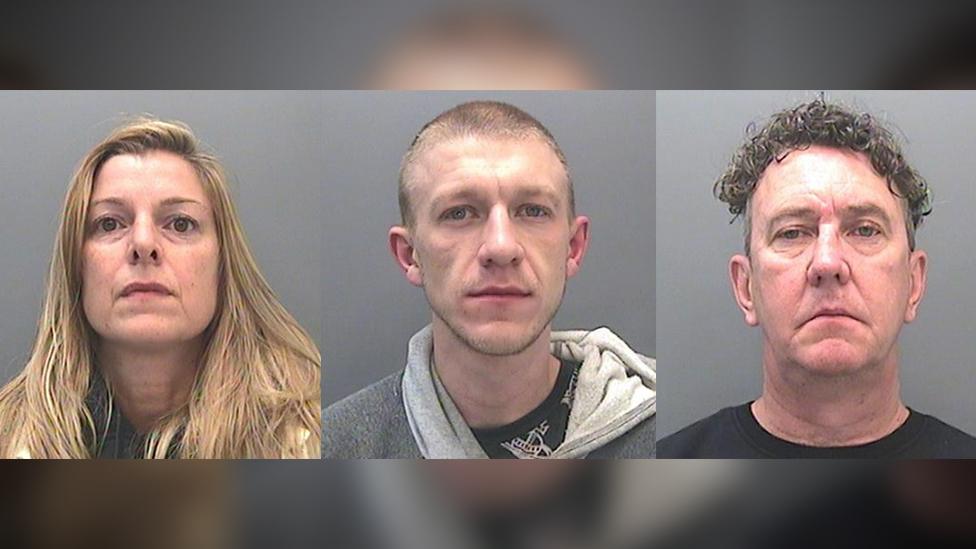
- Published13 March 2018
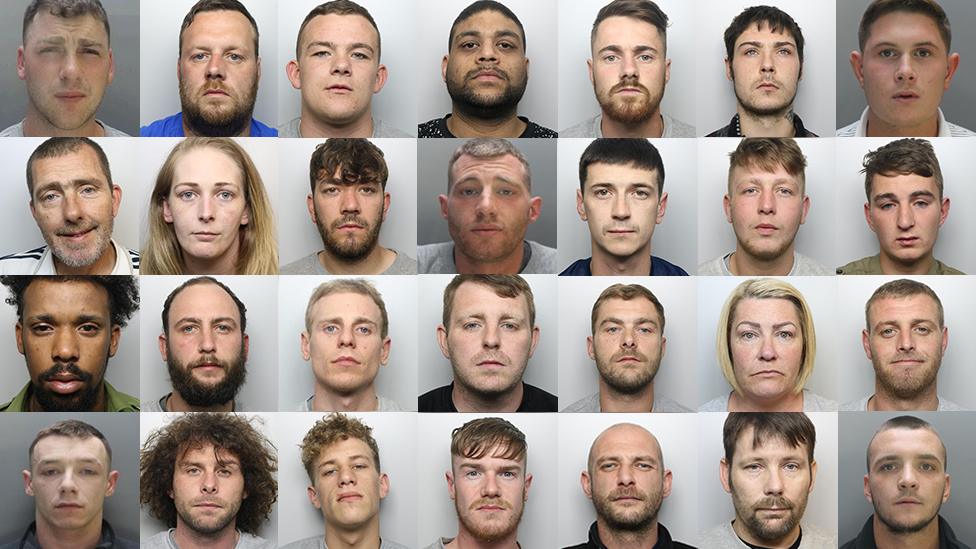
- Published9 February 2018
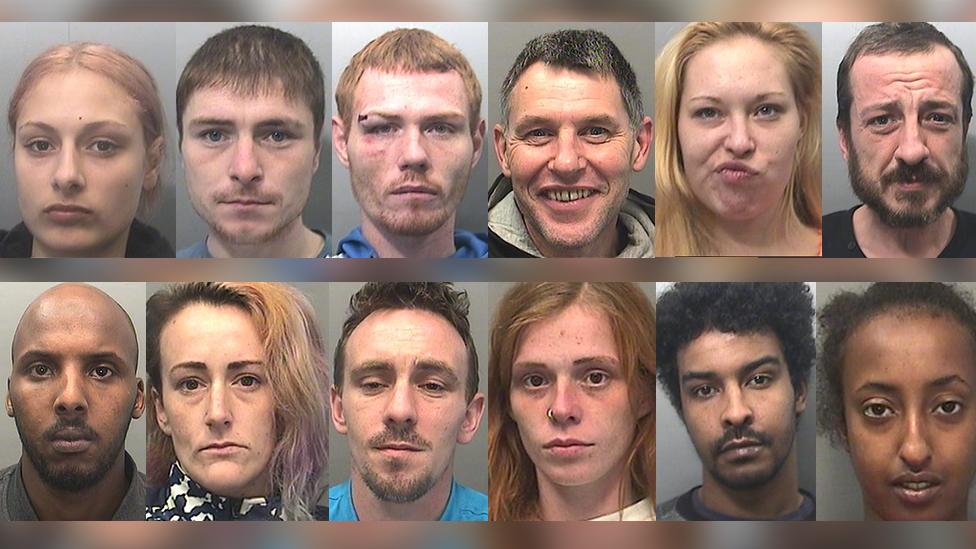
- Published21 November 2017
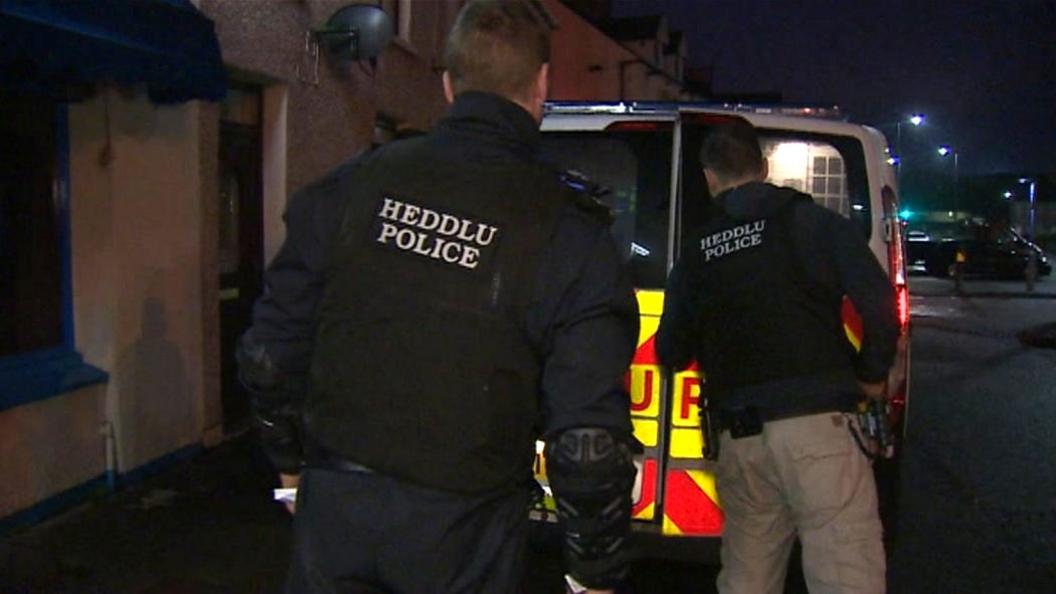
- Published20 May 2017
